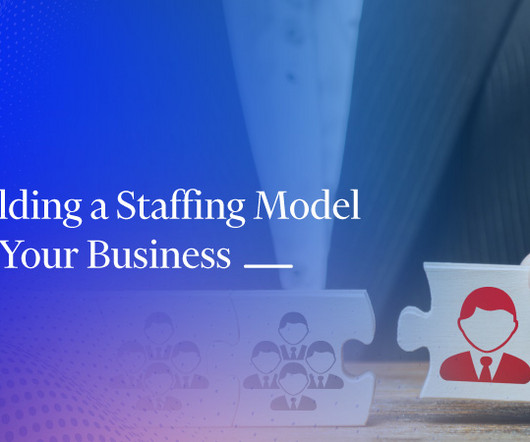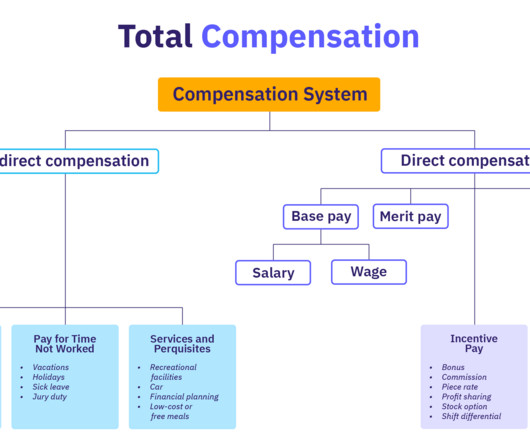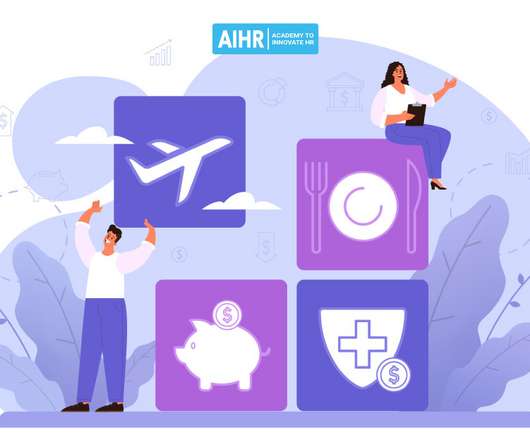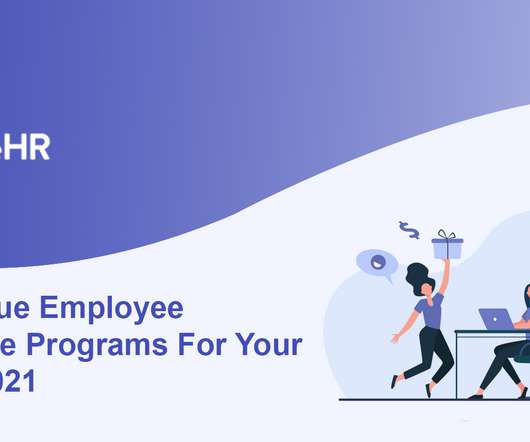How to Build a Staffing Model for Your Business
Replicon
AUGUST 10, 2023
This analysis will help you set the cornerstone of your staffing model. Equipped with this analysis, you can have visibility into the team’s skill gaps. Statistical Regression Analysis This method uses the previous labor needs as a reference to estimate future staffing requirements.




















Let's personalize your content